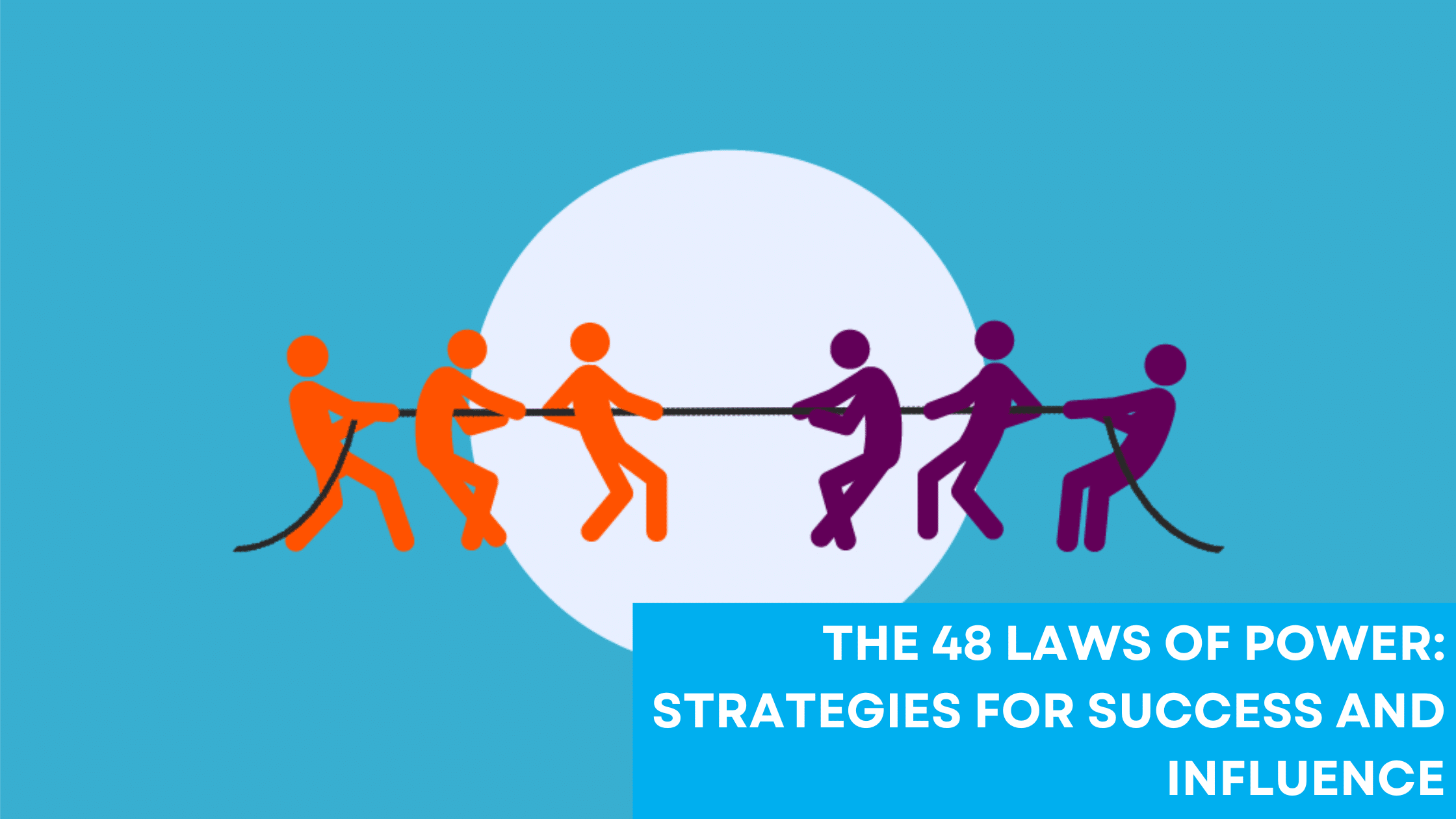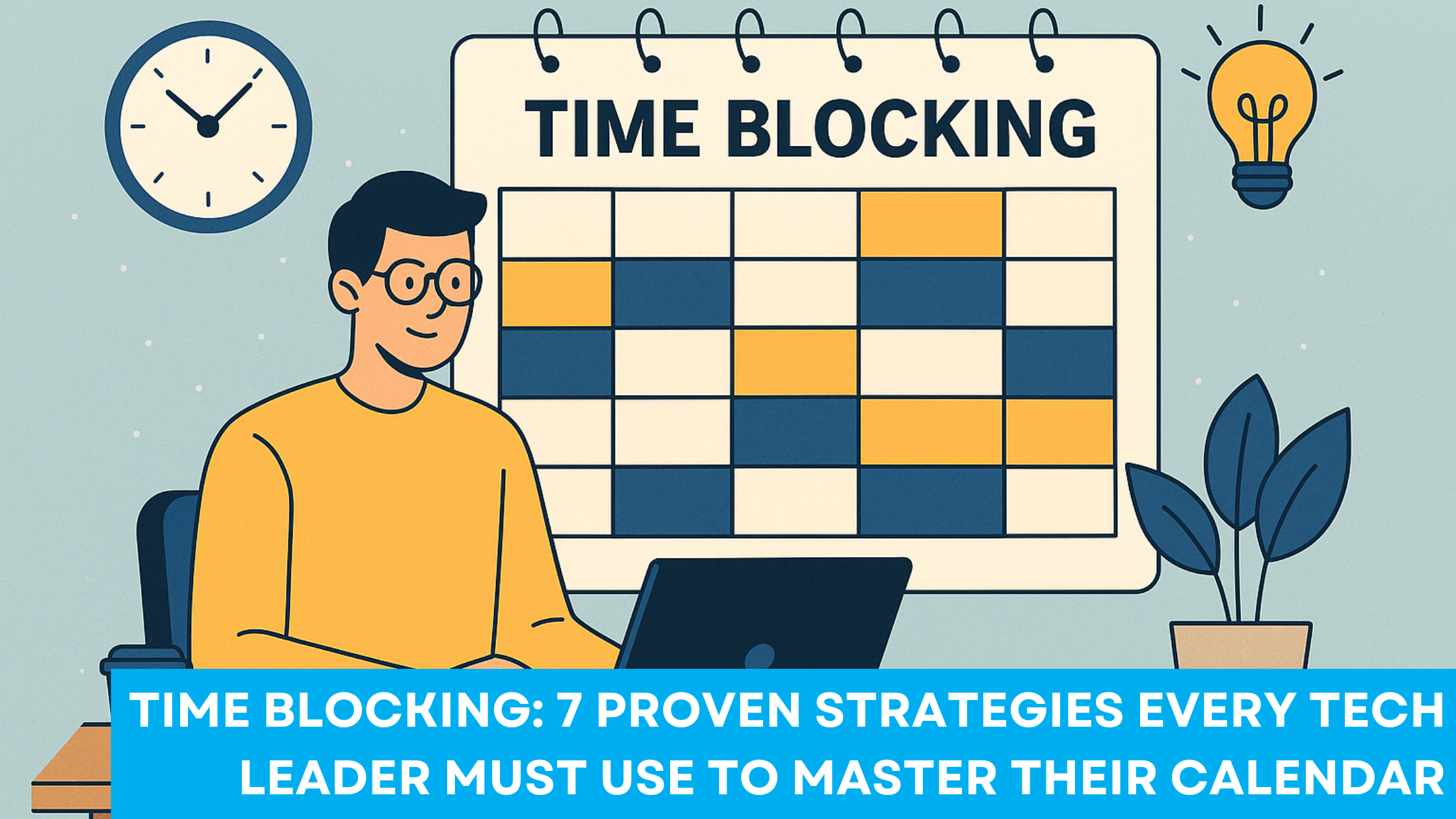Leaders are frequently called upon to reassess and adapt their go-to-market strategies in the ever-evolving sales landscape.
The rapid advancement of digital change has resulted in a chain reaction often described as the domino effect—the continuous, cascading change that compels organizations to innovate or risk obsolescence.
Sales leaders face the challenge of reinventing their approach by leveraging data, technology, and agile methodologies to stay ahead of the curve.
This shift is characterized by a transformation in how products and services meet the market, with an emphasis on aligning sales strategies with real-time customer insights and emerging market trends.
Companies must harness advanced intelligence and an agile go-to-market model to efficiently align sales reps with optimal sales opportunities to remain competitive.
Such strategies are not just theoretical but are being put into practice by trailblazing organizations.
These front-runners in sales innovation are creating nimble teams capable of quickly assembling the necessary skill sets, designing innovative products, and providing the insights needed to close deals effectively.
By doing so, they set a standard for sales success and stability in the volatile business environments of today and tomorrow.
Understanding Go-to-Market Strategies
Implementing a go-to-market (GTM) strategy is crucial for businesses seeking to successfully introduce new offerings.
This section delves into the essence of GTM strategies, and the crucial role sales leaders play in steering these strategies toward gaining a competitive edge.
Defining GTM Strategy
A go-to-market strategy is a tactical action plan outlining how a company will engage with customers to sell a product or service and gain a competitive advantage.
It’s grounded in the unique value proposition of the offering, detailing the path to market and the steps necessary to succeed.
The strategy is not static; it’s regularly refined to align with dynamic market conditions and customer needs.
The Role of Sales Leaders in GTM
Sales leaders are the architects of success in the domain of go-to-market strategies.
They orchestrate the sales process, aligning sales teams with the product’s unique value proposition.
Sales leaders also ensure the deployment of an agile, customer-centric approach that adapts to the evolving marketplace, positioning their company for sustainable growth and competitive advantage.
Aligning Sales and Marketing
In today’s competitive landscape, synchronizing sales and marketing efforts is crucial to drive revenue growth.
This alignment ensures that both departments work towards common goals, utilizing consistent messaging and strategies to effectively generate demand and close sales.
Collaboration for Revenue Growth
Sales and marketing teams must establish a unified front to achieve revenue alignment.
McKinsey’s insights draw attention to an agile go-to-market model that leverages data and technology by aligning sales representatives with lucrative sales opportunities.
This strategy enables groups to swiftly adapt to shifts in the market and consumer demands, thereby significantly influencing income flows.
The concept of alignment extends beyond mere cooperation to include an integrated strategy where both teams contribute to the entire sales process.
Metrics for Measuring Alignment Success
Specific metrics must be in place to gauge the success of sales and marketing alignment.
These metrics, reflective of both sales and marketing performance, provide a clear picture of alignment efficacy.
Gartner reports that companies that focus on aligning their sales and marketing efforts are almost triple as likely to surpass their goals for attracting new customers.
Key performance indicators could include:
- Lead Conversion Rates: Tracking the progression of leads from marketing to sales-qualified leads to closed deals.
- Sales Cycle Length: Measuring the time taken for a lead to travel through the entire sales pipeline.
- Revenue Attribution: Identifying and attributing revenue to specific marketing and sales activities, highlighting each department’s impact on the bottom line.
Building High-Performing Sales Teams
Constructing high-performing sales teams is crucial for catalyzing sales growth in a competitive landscape.
Integral to this process is strategic recruitment and training, coupled with rigorous performance optimization of sales reps.
Recruitment and Training
Recruitment is the foundational layer in building a sales team engineered for success.
Companies aim to hire individuals with a strong track record, intrinsic motivation, and the potential for high sales performance.
The insights for go-to-market strategies often emphasize the importance of a systematic recruitment process.
Once on board, training equips sales reps with the tools and knowledge necessary to thrive.
- Initial Training: Focus on product knowledge and sales techniques.
- Ongoing Development: Continuous learning through workshops and seminars.
Sales Rep Performance Optimization
Optimizing sales rep performance is more than tracking sales quotas; it involves creating an environment promoting continuous improvement.
This encompasses using real-time analytics to guide reps towards better sales practices, as identified in The Domino Effect: How Sales Leaders Are Reinventing Go to Market.
Performance Management strategies include:
- Real-Time Analysis: Quickly identifying trends and areas for immediate action.
- Coaching: Providing personalized feedback and development paths for each rep.
Monitoring sales metrics closely allows for swift interventions, potentially leveraging technological advancements to fine-tune strategies on the fly.
Pricing and Revenue Models
Effective pricing strategies are crucial for maximizing revenue and ensuring a strong return on investment (ROI).
Sales leaders must precisely craft these strategies to meet competitive challenges and propel market success.
Creating an Effective Pricing Strategy
An effective pricing strategy is the cornerstone of a business’s revenue model.
Sales leaders need to weigh various factors, such as production costs, market demand, and competition, to set prices that both cover costs and appeal to customers.
For instance, McKinsey recommends an agile approach, enabling sales teams to respond rapidly to market changes and optimize pricing on the fly.
This responsiveness to market dynamics ensures that a business remains competitive and sustains profitability.
Leveraging Pricing for Competitive Advantage
Pricing is not just about covering costs; it’s a tool for creating a competitive advantage.
Sales strategies often involve innovative pricing strategies that go beyond cost-plus models to include value-based and dynamic pricing.
By aligning price with perceived value, they can command higher price points that reflect the product’s worth to the customer.
According to insights from the Professional Pricing Society, such strategic price alterations resonate through the entire sales process, potentially increasing sales commissions and incentivizing better performance from the sales team, positively impacting ROI.
Product Launches and Market Expansion
Realigning sales strategies and optimizing distribution channels are critical when introducing a new product or expanding into a new market.
Leaders must approach these initiatives with precision and adaptability to navigate the complexities of market dynamics.
Strategizing for New Market Entrance
Before entering a new market, companies must conduct a thorough market analysis to tailor their approach.
This involves understanding cultural nuances, regulatory requirements, and the competitive landscape.
Based on this data, frameworks for go-to-market strategies are developed, providing a blueprint that aligns with company objectives and market needs.
For instance, a robust sales strategy might prioritize establishing local partnerships to gain insights and gain market traction.
Product Launch Execution
The execution phase of a product launch demands a meticulous rollout plan.
Distribution channels must be analyzed and chosen based on market research, ensuring the product effectively reaches the intended audience.
Sales leaders orchestrate the deployment of resources across multiple channels – often employing a mix of direct sales, retail partnerships, and e-commerce platforms.
- Pre-launch: Teasers, promotions, and training for sales reps.
- Launch: Coordinated efforts across marketing and sales teams to capture market attention.
- Post-launch: Gathering data on sales performance for continuous improvement.
Developing Target Customer Profiles
Developing accurate target customer profiles is a foundational step in the realm of go-to-market strategies.
By understanding the ideal customers, businesses can accurately tailor their value proposition to meet specific needs and establish a unique selling proposition.
Identifying Ideal Customer Profile
The Ideal Customer Profile (ICP) embodies the characteristics of a company’s most valuable customers.
It goes beyond demographics and encompasses factors such as pain points, goals, and purchasing behaviors.
To construct an ICP, businesses should start by analyzing their existing customer base to detect common attributes and identify patterns in industries, roles, company sizes, or market segments that have historically led to successful sales.
Companies like McKinsey recommend utilizing advanced intelligence to align sales reps with the greatest sales opportunities, enhancing the overall go-to-market model.
Tailoring the Value Proposition
Once the ICP is established, the next step is to craft a Value Proposition that resonates deeply with the target audience.
This involves highlighting the product or service’s Unique Selling Proposition (USP), which directly addresses the ICP’s specific needs and desires.
Businesses can stand out in a saturated market by highlighting the distinctive ways their product or service resolves customers’ issues or enhances their circumstances.
Effective value propositions incorporate conciseness and clarity, ensuring that they speak directly to the ICP’s identified pain points and aspirations.
Optimizing Sales Channels and Distribution
In today’s market, the effectiveness of a company’s go-to-market strategy hinges on how well it selects and manages its sales channels and distribution networks.
A focused approach to channel optimization can significantly improve sales performance and customer reach.
Selecting the Right Distribution Channels
Selecting distribution channels should harmonize with the firm’s comprehensive strategy for a sales-driven go-to-market approach.
This involves analyzing customer preferences, market trends, and the unique value proposition of the product or service.
Companies must evaluate various channels – from direct sales to online marketplaces – and consider factors like market penetration, cost efficiency, and brand consistency.
For instance, a high-touch product may benefit more from a direct sales force approach or specialized distributors who understand the intricate selling points.
Maximizing Channel Partnerships
Strong channel partnerships are critical for expanding market reach and adding value to the company’s offerings.
Effective sales leaders work collaboratively with partners to set clear expectations and mutual goals.
They utilize data analytics to assess the performance of channel partners, ensuring that incentives are aligned with desired sales outcomes.
Companies empower their partners by providing training and support, equipping them with the knowledge and tools necessary to succeed.
Training modules might include product details, market insights, and sales techniques that align with the company’s GTM approach.
Brand Strategy and Demand Generation
Integrating brand strategy and demand generation is essential for a business to thrive.
A cohesive approach ensures the brand resonates with its target audience, fostering loyalty, while strategic messaging works to stimulate market demand.
Building Brand Loyalty
Brand loyalty emerges when customers consistently prefer one company’s products or services over competitors.
A business achieves this by delivering consistent value and quality, thereby reinforcing trust.
For instance, targeted marketing strategies, such as personalized experiences and engagement, can significantly increase a customer’s affinity for the brand.
Maintaining a strong, positive brand image is crucial, as it directly influences consumer loyalty and fosters long-term relationships.
Creating Demand Through Strategic Messaging
Engagement is nurtured through the creation of convincing, customized messages that directly cater to the aspirations and requirements of the targeted demographic.
Strategic messaging involves identifying the brand’s unique selling propositions and articulating them in a way that resonates with the consumer.
This messaging propels the brand’s value proposition by emphasizing the benefits and solutions provided.
Effective messaging can trigger a domino effect where interest translates into actions, such as inquiries and purchases, thereby increasing demand for the product or service.
Leveraging Data for Actionable Insights
Leaders harness robust analytics and customer feedback to refine their go-to-market (GTM) strategies in today’s data-driven sales landscapes.
Turning unprocessed data into practical knowledge elevates sales tactics and outcomes to unprecedented levels.
Analytics in Sales Strategy
Sales teams often encounter vast quantities of data that, when used effectively, can unlock unprecedented opportunities for growth.
Key performance metrics gathered from various touchpoints across the customer journey provide a quantitative foundation for strategic decision-making.
For instance, machine learning algorithms analyze behavioral data from sales interactions to reveal patterns that indicate successful deal closures.
These actionable insights enable better alignment of sales representatives with profitable opportunities and guide the timely adjustment of sales tactics.
One approach detailed by McKinsey underscores the significance of an agile go-to-market model enabled by advanced intelligence.
Sales leaders can use the insights generated to align sales reps to the right opportunities at the optimal stages of a deal, thereby innovating and designing products and services that customers desire.
Using Feedback to Improve GTM
Iterative feedback loops contribute significantly to fine-tuning GTM strategies.
Quantitative and qualitative customer feedback is invaluable for understanding the effectiveness of sales tactics and customer satisfaction.
Companies can harness this feedback to create a dynamic GTM approach where sales roles are supported by “cockpits” or dashboards featuring relevant technological and data inputs to bolster their efficacy in the field.
A realistic end-to-end analysis supplied by Bain shows that starting with a user-centric approach, go-to-market strategies can be enhanced powerfully with technology and data.
This methodology ensures that feedback directly influences the tools and strategies sales professionals use, maintaining the relevance and efficiency of their roles.
Incorporating this client input straight into sales approaches guarantees that teams operate cohesively, constantly adjusting to changing market needs and tastes, thus maintaining the company’s nimbleness and competitive edge.
Case Studies in Go-to-Market Success
Understanding how companies successfully navigate their go-to-market (GTM) strategies can illuminate the path for others. Examining specific industry examples can reveal the efficacy of various approaches.
High-Tech Industry Examples
Apple Inc. has consistently excelled with a clear go-to-market strategy, capitalizing on its strong brand and innovative product launches.
When Apple introduced the iPhone, it wasn’t just selling a smartphone but offering an ecosystem. This method enabled them to quickly seize a substantial portion of the market.
SAP stands as another high-tech giant that has successfully implemented its GTM strategies.
SAP has established a formidable presence in the enterprise resource planning (ERP) sector by focusing on vertical markets and tailoring solutions to specific industry needs.
Consumer Goods Success Stories
In the consumer goods realm, McKinsey & Company has worked with numerous clients to overhaul their GTM strategies.
One reported success story is of a leading beverage company that restructured its approach by harnessing advanced data analytics. This resulted in improved alignment of products with customer desires.
Taking a specialized GTM strategy for industrial consumer goods that addresses unique market requirements can be particularly effective.
Companies that recognize the differing needs of consumer subgroups and tailor their product offerings accordingly tend to see increased customer loyalty and sales growth.



